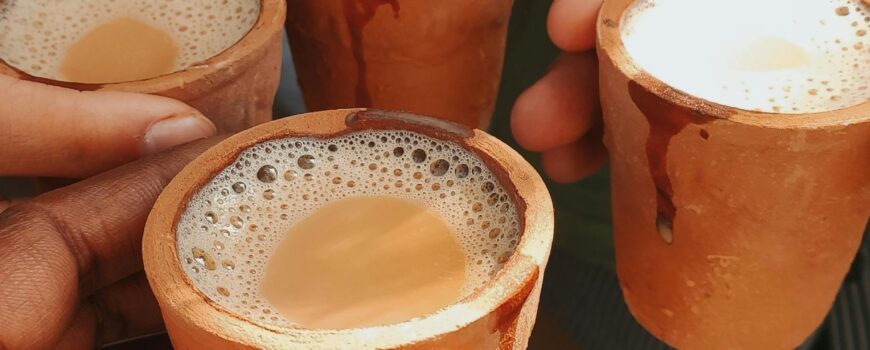Proper tea packing is crucial for preserving the freshness, flavor, and aroma of tea leaves. Whether you are a tea producer, retailer, or an enthusiast looking to store your tea correctly, understanding the best practices for tea packing is essential. This guide covers the types of packaging materials, packing techniques, and considerations for maintaining tea quality.
Importance of Proper Tea Packing
- Preservation of Freshness: Good packaging prevents exposure to air, moisture, light, and odors, which can degrade the quality of tea.
- Protection from Contaminants: Proper packing ensures that tea leaves are protected from contaminants such as dust, dirt, and insects.
- Branding and Marketing: Attractive and informative packaging can enhance brand identity and attract customers.
- Convenience: Well-designed packaging provides ease of use and storage for consumers.
Types of Tea Packaging Materials
- Foil Bags (Mylar Bags):
- Advantages: Excellent barrier properties against moisture, air, and light. Often come with resealable options.
- Usage: Commonly used for premium teas to maintain freshness for extended periods.
- Tin Cans:
- Advantages: Sturdy, reusable, and provide good protection from light and air. Can be aesthetically pleasing and good for gifting.
- Usage: Ideal for high-quality loose leaf teas and can be paired with internal foil bags for added protection.
- Paper Bags:
- Advantages: Cost-effective and eco-friendly. Can be lined with foil or plastic for better protection.
- Usage: Suitable for short-term storage or lower-cost teas. Often used for tea bags.
- Glass Jars:
- Advantages: Visually appealing and reusable. Provides a good seal if equipped with airtight lids.
- Usage: Suitable for display and gifting. Must be kept in a dark, cool place to avoid light exposure.
- Plastic Bags:
- Advantages: Affordable and lightweight. Resealable options are available.
- Usage: Suitable for everyday teas and samples. Should be used with caution to avoid plastic odor contamination.
- Vacuum Packing:
- Advantages: Extends shelf life by removing air from the package, preventing oxidation.
- Usage: Ideal for long-term storage and shipment of large quantities.
Packing Techniques
- Airtight Sealing:
- Method: Use heat sealers for foil bags, screw tops for jars, and clip seals for tins to ensure airtight conditions.
- Benefit: Prevents oxidation and moisture absorption, maintaining tea freshness.
- Light Protection:
- Method: Use opaque or dark-colored packaging materials.
- Benefit: Protects tea from light exposure, which can degrade flavor and color.
- Portion Control:
- Method: Pack tea in small, use-sized portions.
- Benefit: Reduces exposure to air and moisture each time the package is opened.
- Desiccants:
- Method: Include silica gel packets in the packaging.
- Benefit: Absorbs excess moisture, keeping the tea dry.
- Double Packing:
- Method: Use a combination of inner and outer packaging, such as a foil bag inside a tin can.
- Benefit: Provides an additional layer of protection against environmental factors.
Labeling and Branding
- Informative Labels:
- Details to Include: Type of tea, origin, harvest date, brewing instructions, and storage recommendations.
- Benefit: Educates consumers and enhances the user experience.
- Branding Elements:
- Design: Use attractive and distinctive branding elements such as logos, colors, and graphics.
- Benefit: Enhances brand recognition and market appeal.
- Sustainability Claims:
- Highlight: Eco-friendly packaging materials and practices.
- Benefit: Appeals to environmentally conscious consumers.
Storage Considerations
- Temperature Control:
- Optimal Condition: Store tea in a cool, dry place away from direct sunlight and heat sources.
- Benefit: Prevents degradation of flavor and aroma.
- Avoid Odors:
- Method: Store tea away from strong-smelling substances like spices and cleaning products.
- Benefit: Prevents tea from absorbing unwanted odors.
- Shelf Life:
- Monitoring: Regularly check the condition of stored tea and rotate stock to ensure older batches are used first.
- Benefit: Maintains consistent product quality for consumers.
Conclusion
Proper tea packing is essential for maintaining the quality and freshness of tea. By selecting appropriate packaging materials, employing effective packing techniques, and adhering to storage best practices, you can ensure that your tea retains its optimal flavor and aroma. Whether for commercial or personal use, investing in quality packaging will enhance the overall tea experience for you and your customers.
Zircon Tea Company
Contact No is +91-9499347308
Email is info@zirconshop.in
Our You Tube Channel is Zircon Tea Company




